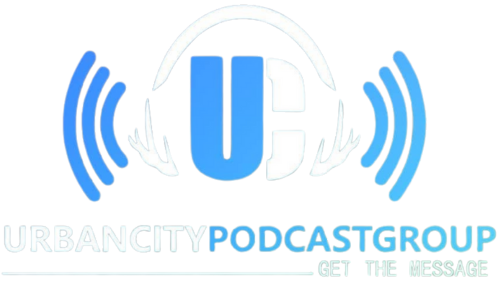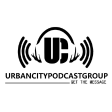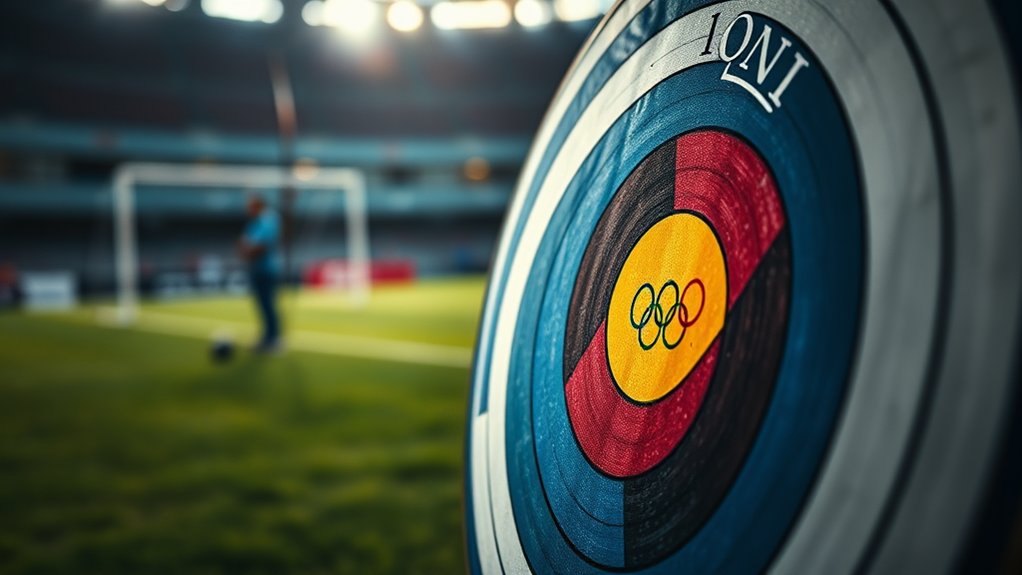Key Takeaways
- Energy healing techniques like Reiki, acupuncture, and Qigong focus on channeling the body’s energy to enhance well-being.
- These methods are designed to clear blockages and facilitate smooth energy flow, potentially offering relief and improved wellness.
- Energy healing practices are not cures for diseases but can complement your health regimen.
Understanding Energy Healing’s Role
Imagine energy healing as tuning a radio to find that perfect, crisp signal amid static. It’s all about channeling your body’s energy to boost your well-being.
Techniques like Reiki, acupuncture, and Qigong aim to clear blockages and make energy flow smoothly.
While they often bring relief and boost wellness, they’re not cures for diseases. Curious about how these practices fit into your health journey? Let’s explore their benefits and limitations further.
Understanding the Basics of Energy Healing
When you explore energy healing, you’re stepping into a world where the body’s vital energy plays a key role in well-being. This practice helps balance your energy flow, promoting holistic wellness across physical, emotional, and spiritual aspects.
Ancient philosophies, like qi in Chinese medicine and prana in Ayurveda, teach that everything is energy, including thoughts and emotions. You’re surrounded by this force, and learning to harness it can bring incredible benefits.
Think of energy healing as a way to clear blockages and boost your body’s natural energy flow. This approach sees you as an interconnected being, where each part affects another. Energy healing is rooted in ancient medicine systems, such as traditional Chinese medicine and Ayurveda, where achieving balance is crucial for healing.
Exploring Different Energy Healing Techniques
Step into exploring the fascinating world of energy healing techniques, where modernity meets tradition in creative ways.
Imagine Reiki principles channeling universal energy through a gentle touch while acupuncture techniques restore balance by stimulating energy points with fine needles.
Qigong practices and Tai Chi offer mindful movement and enhance your body’s energy flow. Reflexology benefits your entire system through strategic foot pressure.
Immerse yourself in sound therapy, where vibrations promote peace, or experience EFT applications for stress relief.
Explore Quantum Touch’s focus on life force energy or Reconnective Healing’s use of frequencies.
BodyTalk methods mix Eastern and Western practices. Welcome crystal healing and aura cleansing for spiritual balance, while shamanic practices draw from ancient traditions.
Healing and therapeutic touch, as well as polarity therapy, unite for holistic wellness.
Evaluating the Benefits and Limitations
As you explore the world of energy healing, you’ll find numerous benefits and some limitations to contemplate.
Energy healing offers physical benefits like symptom relief and better sleep, mental perks by easing stress, and spiritual gains through self-acceptance and gratitude. It takes a holistic approach, often complementing traditional treatments, especially for chronic conditions.
However, a limitations analysis reveals shortfalls in clinical research on energy healing’s standalone efficacy. Although hailed for symptom management, it isn’t a cure, and critics highlight a need for scientific validation.
Safety-wise, it’s usually painless without major side effects, but emotional releases can occur. Variability in quality exists due to a lack of regulation, so pursuing certified practitioners is a wise choice.
Importantly, integrative healthcare blends conventional medicine with therapies, focusing on the root causes of health issues, which ensures a comprehensive view that complements energy healing practices.
The Role of Science in Energy Healing
Let’s unpack the science behind energy healing and see how it connects with both age-old wisdom and cutting-edge research.
Energy theories suggest your body’s biofield influences your health, much like ancient practices. Quantum mechanics provides a theoretical framework, hinting at the energetic properties of matter and how subatomic dynamics might explain energy healing, though scientific skepticism remains.
Some studies report that energy therapies can reduce pain, fatigue, and depression, highlighting positive physiological outcomes. Over 100 peer-reviewed studies show reduced pain and post-surgical recovery benefits. Major universities are keen to understand these mechanisms.
Despite challenges in proving the biofield concept, energy healing is used in hospitals alongside traditional care, gradually earning respect from some healthcare professionals.
Embrace Energy Healing as a Complementary Wellness Tool
Exploring energy healing can be an intriguing journey toward balancing your body’s energy and enhancing your overall well-being. While rooted in ancient wisdom, this approach is gaining traction among modern-day Americans, with about 33% having given it a try. It’s a testament to the growing curiosity and interest in alternative wellness practices across various cultures.
Although energy healing is not a substitute for medical treatments, it serves as a valuable complement by focusing on holistic health.
As you dive into these practices, remember that you’re joining a community of individuals seeking alternative paths to wellness. Stay open-minded, keep learning, and discover what resonates best for you and your loved ones.
Why not give it a try and see how it fits into your journey towards better health?











